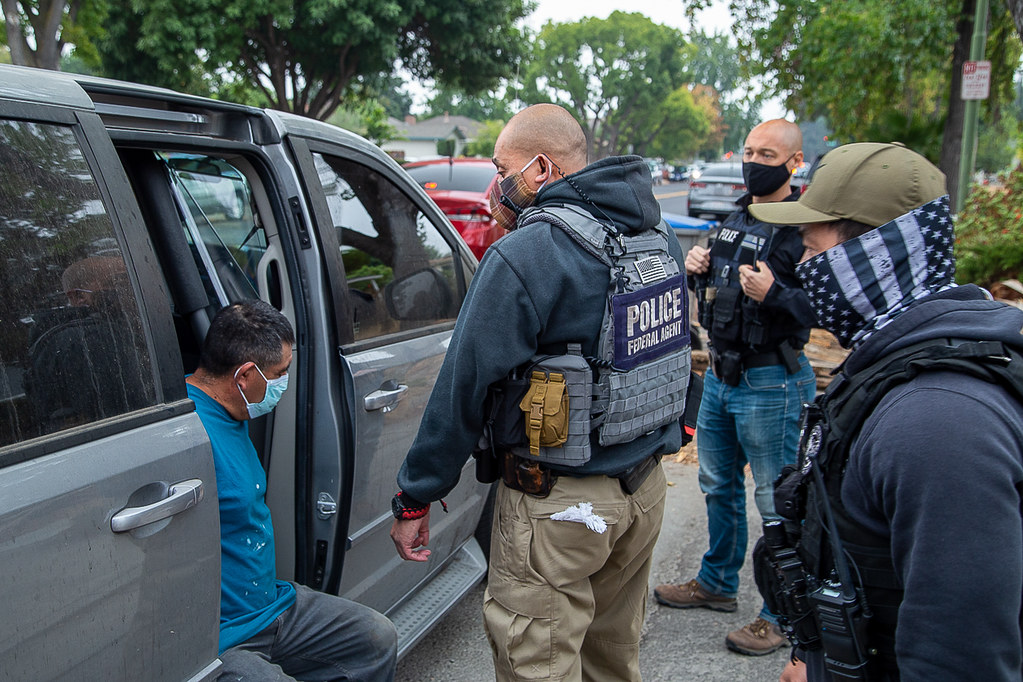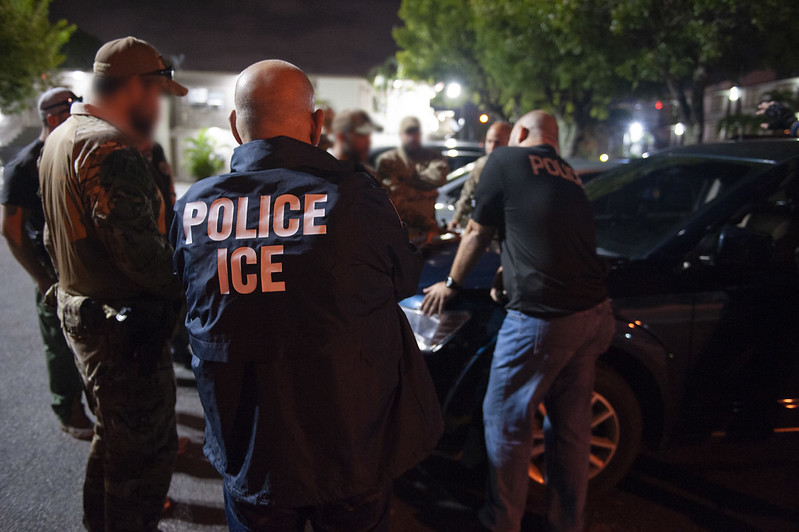
WASHINGTON — FBI Director Robert S. Mueller III told a Senate Committee Wednesday that he’s concerned about terrorist plots against the U.S. coming primarily from three sources: core al Qaeda, al Qaeda’s affiliates, and homegrown extremists.
“In the immediate aftermath of 9/11, al Qaeda’s plots and plans primarily focused on using individuals from the Middle East or South Asia for such attacks,” Mueller told the Senate Committee on Homeland Security and Governmental Affairs.
“More recent plots—beginning in August 2006 with the attempted plan to commit attacks against U.S.-bound aircraft using improvised explosives devices—suggest al Qaeda is also putting more emphasis on finding recruits or trainees from the West to play key roles for these homeland-specific operations.”
He went on to testify:
“The 2009 plot led by Najibullah Zazi to attack the New York subway was the first known instance since 9/11 that al Qaeda had successfully deployed a trained operative into the United States.”
“The fact that Zazi and his associates had access to the United States and were familiar with the environment here from an operational security and targeting perspective demonstrates how al Qaeda can leverage Americans.”
“The potential exists for al Qaeda to use and train other Americans for additional homeland attacks. Identifying these individuals is among the FBI’s highest counterterrorism priorities.”
“We are also concerned by the growing threat to the West posed by al Qaeda affiliates and allies. Al Qaeda continues to exert its influence over these extremist organizations around the world, and we are increasingly concerned about the potential for some of these groups—operating in countries like Afghanistan, Pakistan, Yemen, Somalia, and Iraq—to focus more on homeland attacks in the coming years.
“Several changes this past year suggest this homeland-specific agenda may be rising in prominence: collaboration and cooperation between some groups; two attempted attacks on the U.S. homeland; and the number of American extremists who have traveled or sought to travel overseas to fight or train with such groups.
“The level of cooperation among al Qaeda and other terrorist groups has changed in the past year, suggesting that this collaboration and resulting threat to the homeland will increase. By sharing financial resources, training, tactical and operational expertise, and recruits, these groups have been able to withstand significant counterterrorism pressure from United States, coalition, and local government forces.
“The failed attempt by Faizal Shahzad to detonate a vehicle rigged with explosive devices in Times Square in May 2010 was the first time we had seen TTP, a Pakistan-based terrorist group, expand its operational focus from attacks within its immediate region to plotting attacks against the U.S. homeland.
“The attempted Christmas Day bombing of the Northwest flight to Detroit also represented the first time AQAP attempted an attack against the United States, already having demonstrated its ability to target U.S. interests in Yemen. Much like al Qaeda, AQAP was able to identify a willing recruit who was committed to attacking the United States and whose background did not raise traditional security scrutiny.”
“Like core al Qaeda’s use of Zazi, TTP’s use of Shazhad—a naturalized U.S. citizen who had lived for years in the United States—to attempt to attack the homeland underscores the operational roles Americans can play for al Qaeda and its affiliates.”




